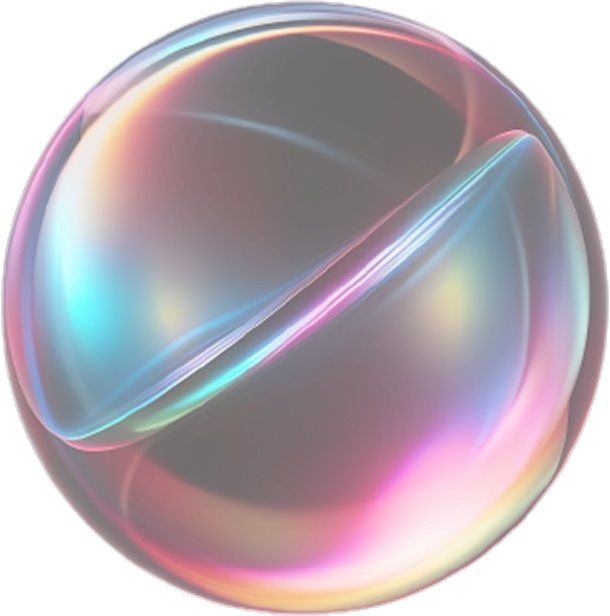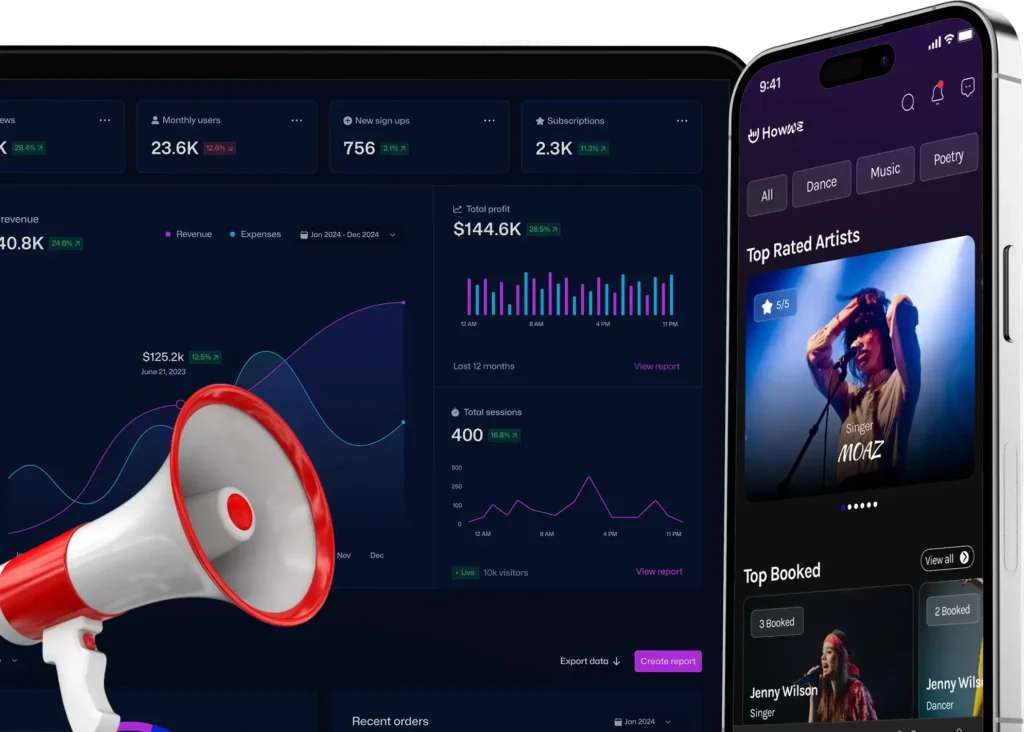Have you ever wondered how top-tier apps like Google Ads, Alibaba, and Reflectly deliver smooth experiences on both Android and iOS? The secret is Flutter, Google’s ground-breaking UI toolkit. Flutter enables developers to create attractive, high-performance apps for all screens with a single codebase. According to a developer survey conducted in 2023, 46% of software developers worldwide said Flutter is their preferred cross-platform mobile framework. The release of Google’s Flutter has eliminated the need for you to learn numerous languages and frameworks. Flutter makes app development easier and more efficient for developers by providing a complete SDK with all the required widgets and plugins. This blog will delve into the world of Flutter mobile app development, highlighting its strong features and how to build an app with Flutter.
What is Flutter App Development?
Google created the open-source Flutter framework specifically for creating mobile applications. With just one codebase, you can quickly and easily produce visually stunning apps for iOS, Android, and the web.
Flutter has become very popular among developers because of its amazing performance and user-friendly design. It offers a wide range of pre-designed widgets and is developed using the Dart programming language, enabling extensive customization and a smooth development process.
Furthermore, Flutter’s hot reload feature allows you to see changes instantly, significantly accelerating development.
The Exceptional Benefits of Flutter
Google’s Flutter is transforming the process of creating mobile apps. You can use a single codebase to create beautiful, fast apps for iOS, Android, and the web using this open-source framework. Here’s why Flutter is quickly becoming the lead among development tools:
Dart Programming Language
Flutter works with Google’s Dart which is a programming language comparable to JavaScript or typescript. Dart has a reactive model of programming that can be quite useful when it comes to the creation of user interfaces.
This gives Dart an edge in developing the user interface since the user interface is updated automatically every time an update is made to the code. Another advantage of Dart is that it is also considered a perfect match for modern app development and offers a good non-sustained developing environment.
Hot Reload Feature
One of the most useful features of Flutter is hot reload, which reduces the amount of time necessary for development. Hot reload allows you to update the code and see the results right away, without needing to restart the program.
This tool is extremely useful for testing UI design, troubleshooting difficulties, and implementing new functionality in real-time. It improves efficiency by allowing developers to work quickly and update changes on the fly, resulting in faster development.
Rich Set of Pre-designed Widgets
The main advantage of Flutter is the availability of a wide range of widgets that cover a large number of use cases. These pre-designed widgets can extend from basic graphical controls including buttons and text boxes to more intricate items such as list boxes, toolbars, and scroll bars.
Flutter has well-organized widgets that support both Material and Cupertino design guidelines, thus making your products resemble native ones on the targeted platforms. Its flexibility gives you the ability to design, appearance, and functionality of the widgets and the whole GUI with simplicity.
Performance and Smooth Animations
The Skia graphics engine in Flutter is responsible for drawing the pixel on the screen that the company relies on for its performance. This direct rendering approach makes animations natural and achieves a high frame rate of sixty FPS on low terminal devices.
The consistency in rendering makes the applications developed with Flutter responsive and provides a polished feel to the application.
Moreover, Flutter has performance-optimized elements that contribute to the quick and efficient functioning of your app on different devices.






